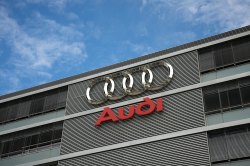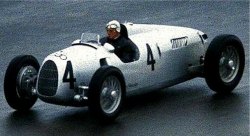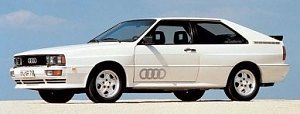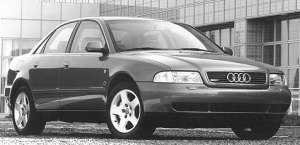
| Lamborghini
(Italy) |
| Ducati (Italy) |
 Headquarters: Ingolstadt
Headquarters: Ingolstadt Main plants:
Germany: Ingolstadt (A3, A4, A5, Q5), Neckarsulm (A4, A5 Cabriolet, A6, A7, A8, R8)
Hungary: Gyor (TT, A3 Cabriolet)
Belgium: Brussels (A1)
China: Changchun FAW-VW (A4, A6, Q5)
(note: Q3 built by Seat in Spain; Q7 built by VW in Slovakia)
2020: 1,692,773 units
2019: 1,854,000 units
2018: 1,812,000 units
2017: 1,878,105 units
2016: 1,867,738 units
2015: 1,803,246 units
2014: 1,741,129 units
2013: 1,575,480 units
2012: 1,455,123 units
2011: 1,302,659 units
2010: 1,092,411 units
2009: 950,000 units
2008: 1,003,400 units
2007: 964,151 units
2006: 905,188 units
2005: 829,100 units
2004: 779,441 units
2003: 769,893 units
2020 production by models:
A1: 62,099 units
Q2: 124,346 units
A3: 206,482 units
Q3: 219,662 units
A4: 243,566 units
A5: 56,786 units
Q5: 275,888 units
A6: 271,679 units
A7: 18,083 units
Q7: 65,574 units
e-tron: 43,157 units
A8: 20,591 units
Q8: 37,845 units
TT: 8,646 units
R8: 1,517 units
Although Auto Union was described as the second largest car maker in Germany, it was little known to the rest of the world except for its mid-engined GP car designed by Ferdinand Porsche. Car production stopped during WWII when it was converted to build military vehicles. Its factories were heavily bombed as a result.
 1936-37 Auto Union Type C
GP car
1936-37 Auto Union Type C
GP carAfter the war, Auto Union was reestablished at Ingolstadt. As Germany's economy was poor, it changed to produce cheap cars powered by 2-stroke engines. Daimler-Benz acquired it in 1958 but did little to it.
In 1965, Volkswagen bought it from Daimler and enlarged its factory to build the popular Beetle. More money was invested to develop a new four-stroke engine and new cars. Further help came in 1969 when it merged with NSU, which was renowned for engineering innovations, to form Audi NSU Auto Union. It developed its first mass production models, Audi 80 and Audi 100, which would continue evolving to today's A4 and A6. In 1985, the company was renamed to simply Audi.
 1980 Audi Quattro
1980 Audi QuattroDuring the 1980s, Audi tried to use its Quattro 4WD technology and rally success to distinguish itself from mainstream brands. Entering 1990s, it adopted a new strategy to position itself directly against BMW and Mercedes as a premium German marque. A lot of efforts were made to upgrade its technology, build quality and styling. On the other hand, components and platforms sharing with Volkswagen group reduced its costs, allowing it to spend more money into R&D to catch up its rivals. It added Audi V8 (then renamed to A8) as top of the line model in 1998. A3 (derived from Volkswagen Golf) joined in 1996 to broaden its low-end offering. Then more coupes, sports cars and crossover vehicles entered the scene in the new millenium. Lamborghini was bought in 1998 and integrated successfully into its operation.
 1994 Audi A4
1994 Audi A4Thanks to the enhanced image and strong product lineup, sales of Audi grew steadily during 2000s. In 2008, its sales broke 1 million units for the first time.